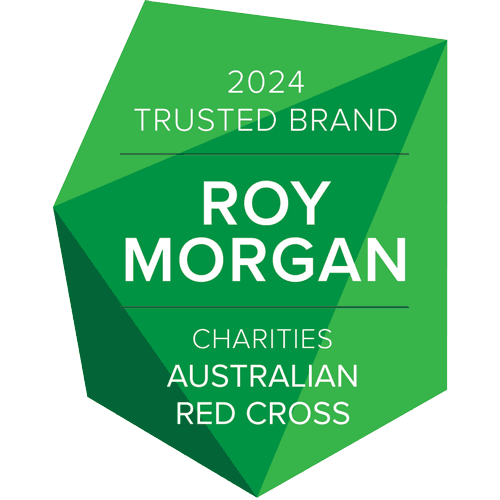Donating clothes or goods after an emergency

Donating clothes or goods after an emergency
How to prevent your goodwill ending up in landfill.
One of the kindest impulses people have after seeing a disaster on the news is to organise a clothing and food drive. Piles of clothes, shoes, canned food and stuffed animals are dropped off at various charities.
But what happens after that?
The reality is, often those items sit in offices or warehouses for months and then end up in landfill.
It’s important that you understand why this happens, and what you can do to make sure your generosity has the greatest impact.
Why can’t charities distribute clothes and goods?
Every item that’s donated has to be assessed, safety-checked, sorted, cleaned, packed, recorded, transported, unpacked and distributed.
This is incredibly complex when large volumes of unplanned donations are arriving each day. Doing this actually takes time and resources away from the recovery effort. And rather than saving charities money, it adds significantly to the cost of their work.
More importantly, the items donated aren’t always what people need. But cash helps people make dignified choices that are right for them.
Even worse, unwanted boxes of donated goods can clog ports and post offices and actually prevent the delivery of essential items like medicines and relief supplies.
The website DonateResponsibly.org has a great explanation of what can go wrong.
Is it ever a good idea to donate goods?
It can be. But only if you’ve made sure they meet safety standards, packed and sorted them, provided the right documentation to help them arrive at their destination, and have someone lined up to distribute them once they arrive.
Sometimes, disaster-affected communities organise donation drives to support their own people. This can be very effective, as locals know what they need and the items come from the community.
Another option is to try an agency like GIVIT, which matches people who need specific items with people who can donate them.
What should I do with second-hand goods?
Take them to a charity shop, where they will be on-sold to raise funds.
These shops are always on the lookout for good quality pre-loved clothes, children’s clothes, homewares, accessories and books.
They aren’t able to distribute these items in disaster-affected communities, but they can sell them to raise funds that enable their vital work.
Find your nearest Red Cross Shop
We gratefully accept quality pre-loved clothes and homewares.
Charity donations of $2 or more to Australian Red Cross may be tax deductible in Australia. Site protected by Google Invisible reCAPTCHA. © Australian Red Cross 2025. ABN 50 169 561 394
